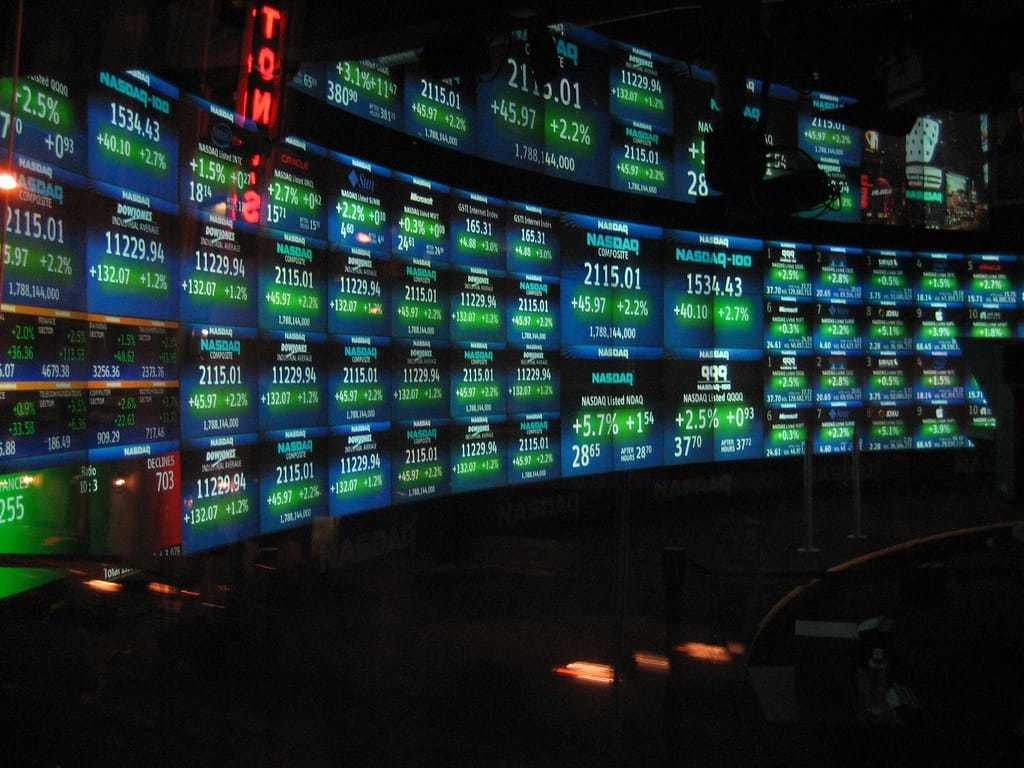How Much Money Do You Need To Start Trading?
A very common question that trading beginners often ask is how much money do you need to start trading? This question is fair and important. Understanding the answer can help avoid a lost cause. One must realize that trading with the wrong amount of capital, which may be too little or too much, will probably lead to major losses. Obviously, there is no set amount that is needed to start trading, except for broker-specific amounts.
The right starting account size depends strongly on what you plan on trading. For example, stocks usually require a bit more capital than options, but the differences in size are not significant. That said, if you plan to trade with around $500 you’re outcome will likely be disappointing.
Moreover, a clear distinction should be made between investing and active trading. If conflicted about the two, click here to check out swing trading, which may be right for you. Investing lets you start out with lower capital. However, trading commissions that add up quickly, and are usually around $10 per trade, will hurt your trading ability unless you have the correct amount of capital to be comfortable and not compensate.
To make things clear about how much money you need to start trading, I will categorize account sizes and how it can impact your trading.
1. The trading tuition fees account size
AMOUNT: Approximately $0-1500
An account of this size is considered small. To be honest, the only way you can be profitable trading an account of this size is if you take huge risks, and even if you do end up doing well it is no doubt because of dumb luck. Lucking out won’t teach you anything and leads to my next point.
Even though you may not make any monetary gain with an account of this size, it doesn’t mean that you can’t benefit at all. In truth, even if you end up not making money or blowing up your account, you are guaranteed to gain experience along the way. In fact, the experience is where the true value lies.
Making mistakes and learning from them should be an understood outcome of trading with low capital. It is for this reason that if you blow your first $1000 or 2000 first trading dollars, and hopefully not more, you’re paying “trading tuition fees,” a path that almost all traders need to go through. Of course, no one wants to lose money, but if you learn from it and come back for a second round you will be a much better trader.
2. The comfortable trading account size
AMOUNT: Approximately $5000-10000
This medium-ish account size is a good place to for beginners to start. An account of this size will allow a trader to diversify, be more flexible, recover more easily from drawdowns, and hopefully be less inclined to take big risks. There may be some limitations, but much less than with a small account. If done right, this amount of capital can get you slowly but surely started on a successful trading career. Nonetheless, someone who lacks sufficient experience could still run into trouble because there is a fairly considerable amount of money being traded. In fact, one might be better off paying the small “trading tuition fees” mentioned above, than losing several thousand dollars. If you lose your money too quickly, you won’t learn anything. You need to work hard and learn from your mistakes. This obviously takes time and can’t really be avoided, it’s part of the “journey”.
3. The professional trading account size
AMOUNT: $25000+
While not suitable for newbies, this account size will allow you to be a day trader and bypass pesky trading rules. With virtually no limitations, this sizable amount of capital can get you to the next level of trading, professional. Pretty self-explanatory.
Hopefully, you now have a clear understanding of how much money do you need to start trading.

